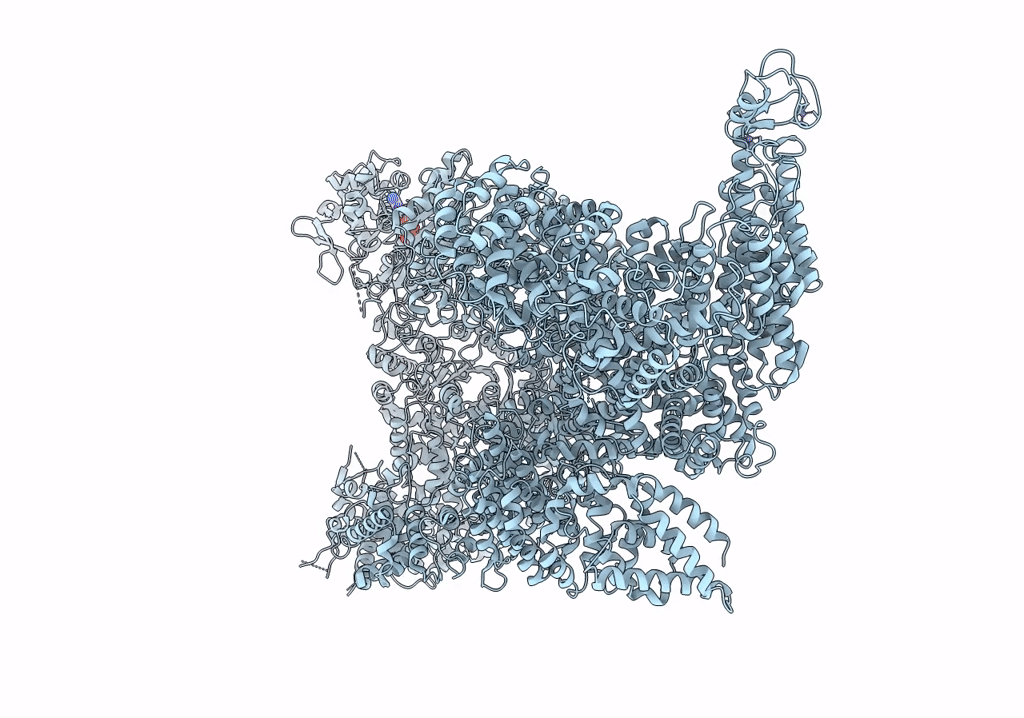
Deposition Date
2019-10-31
Release Date
2020-07-01
Last Version Date
2024-11-13
Entry Detail
PDB ID:
6TAY
Keywords:
Title:
Mouse RNF213 mutant R4753K modeling the Moyamoya-disease-related Human variant R4810K
Biological Source:
Source Organism:
Mus musculus (Taxon ID: 10090)
Host Organism:
Method Details:
Experimental Method:
Resolution:
3.20 Å
Aggregation State:
PARTICLE
Reconstruction Method:
SINGLE PARTICLE


